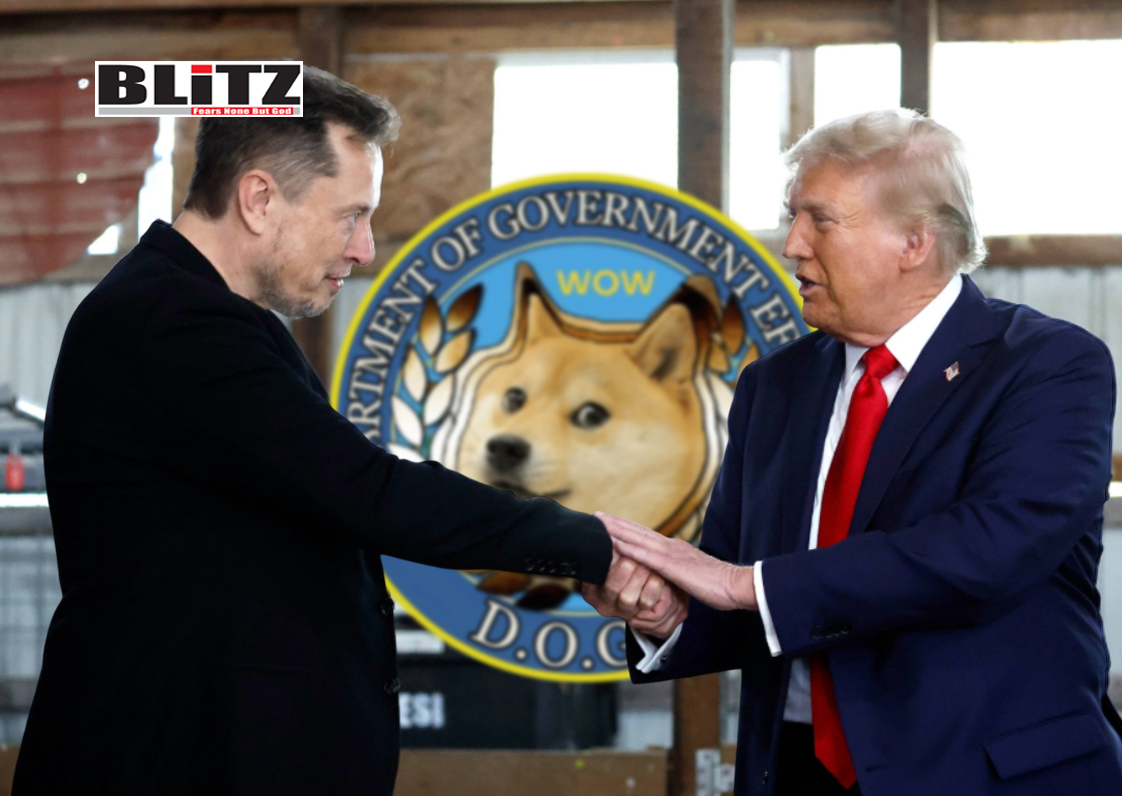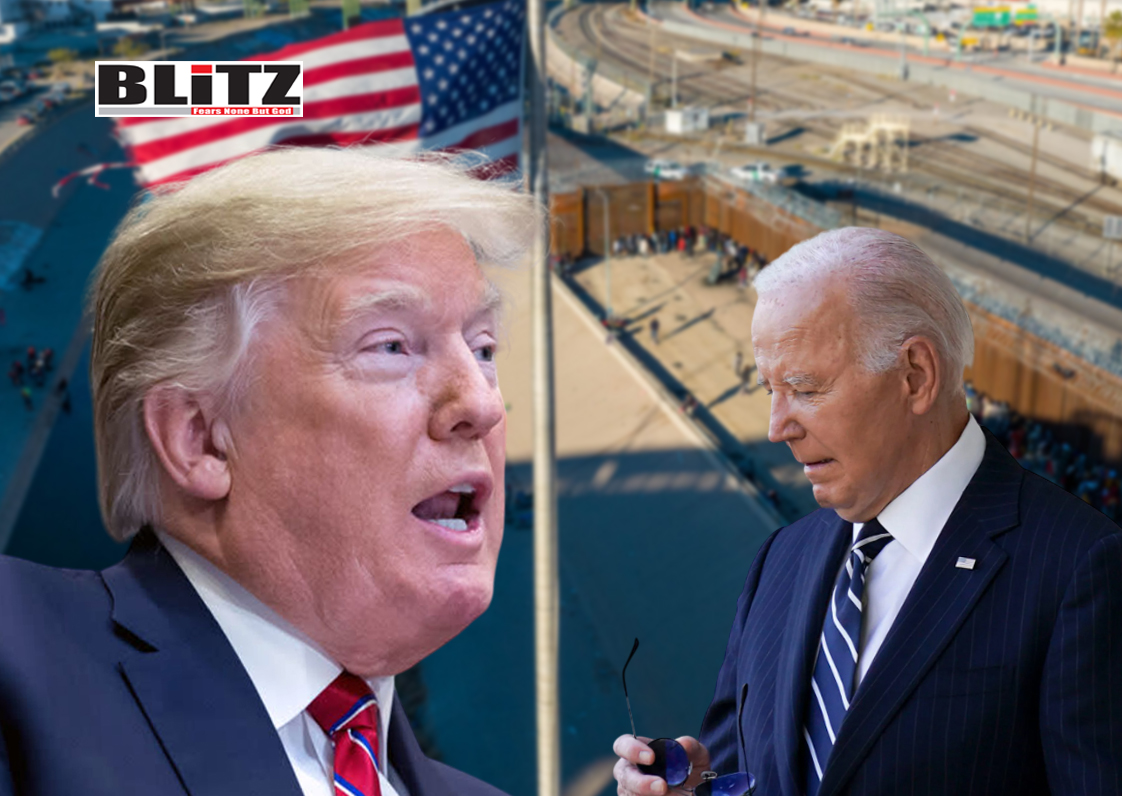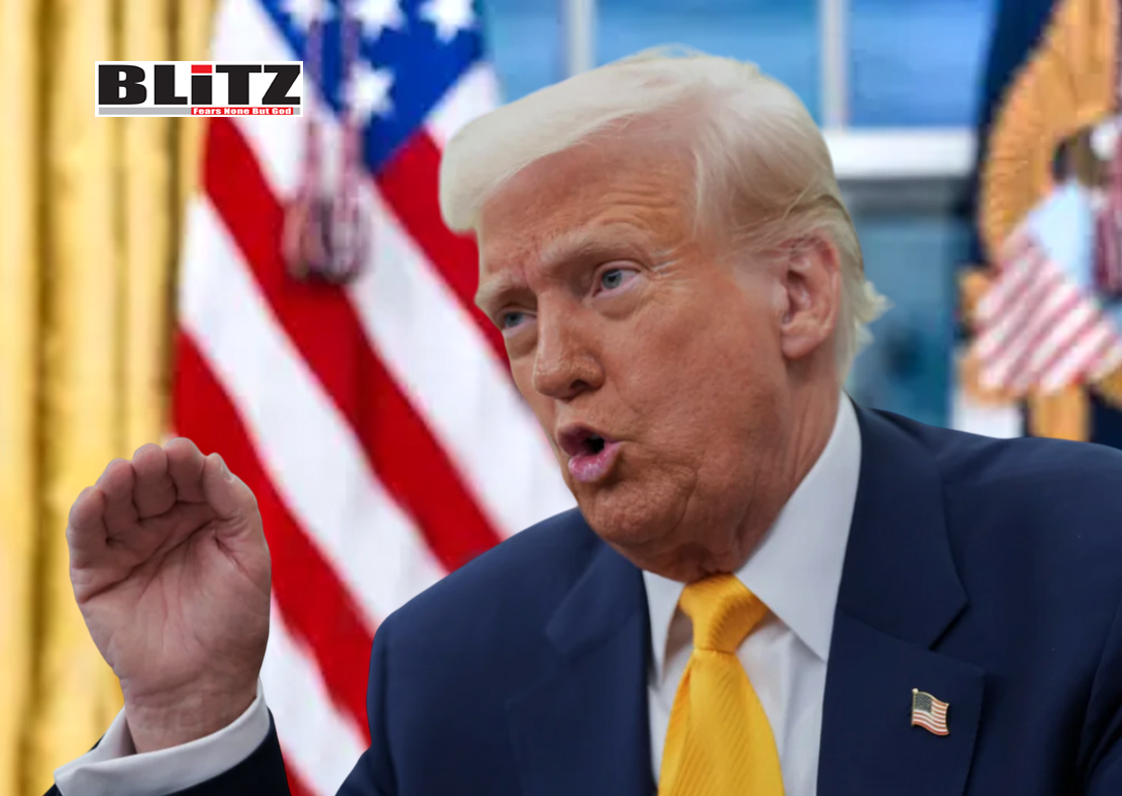How DOGE and Trump aim to dismantle big government’s ‘eternal life’
- Update Time : Sunday, April 20, 2025

In his landmark 1964 speech ‘A Time for Choosing’, Ronald Reagan quipped that “a government bureau is the nearest thing to eternal life we’ll ever see on this earth.” For decades, this statement has rung true, as the federal bureaucracy ballooned to an unmanageable size, resisting reform under both Republican and Democratic administrations. Now, however, the re-election of President Donald J. Trump and the establishment of the Department of Government Efficiency (DOGE), led by tech mogul Elon Musk, mark what could be a historic inflection point in American governance.
While previous presidents made campaign trail promises to cut waste, eliminate redundancy, and shrink the bloated bureaucracy, meaningful results have been scarce. Instead, the federal government has grown into a labyrinthine structure of overlapping departments, outdated programs, and unchecked spending. The current national debt has surged to $36 trilliona -staggering figure that threatens long-term national security, economic growth, and even the survival of basic entitlements.
President Trump, now in his second term, is confronting this reality head-on. Known for his combative style and refusal to adhere to Washington’s norms, Trump is positioning himself not merely as a steward of government but as a reformer aiming to transform it at its core. Enter DOGE-the Department of Government Efficiency-a Trump-era innovation tasked with auditing and dismantling inefficiencies within the federal structure. Spearheaded by Elon Musk, DOGE combines a Silicon Valley sensibility with a no-nonsense political directive: modernize or eliminate outdated government functions.
DOGE’s mission is not just another bureaucratic reshuffle. Rather, it seeks to question the very foundation of how government operates. Unlike past attempts at reform that tinkered around the edges, DOGE is diving deep, asking whether entire agencies are fulfilling their original missions-or if they even remain necessary in 2025. From cutting duplicative programs to eliminating entire departments, the Trump-Musk alliance is triggering what may be the most aggressive downsizing of government since the Reagan era.
Take the Department of Education, long a symbol of federal overreach to many conservatives. President Trump has long argued that the federal government’s role in local education is both ineffective and intrusive. Under DOGE’s guidance, the administration has announced its intent to shutter the Department entirely, returning control to state and local officials, school boards, and-most importantly-parents. The rationale is simple: the federal government has spent decades overseeing falling test scores and decaying public schools. It’s time for a different approach, one rooted in community-level control and accountability.
Similarly, the Trump administration has moved to dismantle USAID and significantly reduce foreign aid. The logic behind the move is that billions in American taxpayer dollars are being sent abroad for programs that often fail to demonstrate measurable success-while America’s own infrastructure, veterans’ care, and urban centers are in dire need of investment. Critics label this “isolationist,” but supporters call it common sense. Why should America subsidize overseas development when our own middle class is struggling to make ends meet?
DOGE has also launched reforms targeting departments often considered untouchable. For instance, the Department of Agriculture is being decentralized, with decisions and offices moved out of Washington, DC, and into agricultural hubs across the heartland. This realignment not only brings policymaking closer to the farmers it affects but also represents a symbolic break from the capital-centric model that has long dominated US governance.
The Department of Health and Human Services (HHS) is also under the scalpel. In a bold move, the Trump administration has announced the elimination of 20,000 full-time HHS employees. US Treasury Secretary Scott Bessent described this initiative as part of the president’s broader strategy to “right-size” government and unleash private-sector innovation in healthcare-a sector long bogged down by regulation and red tape.
The cuts are not merely symbolic; they reflect a fundamental shift in mindset. Trump’s approach views government through the lens of business: if a division doesn’t yield results, it’s eliminated or restructured. This businesslike rigor is a far cry from the political horse-trading that has historically protected even the most ineffectual programs from extinction.
Another institution in the crosshairs is publicly funded media. Trump and DOGE have set their sights on defunding National Public Radio (NPR) and the Public Broadcasting Service (PBS), arguing that these outlets no longer represent a neutral public good but have instead devolved into partisan echo chambers. While this move has predictably sparked outrage from cultural elites, polling suggests many Americans agree with the underlying premise: taxpayers should not be forced to subsidize media organizations that openly favor one political ideology.
Perhaps one of the most important yet overlooked reforms involves the Social Security Administration (SSA). DOGE has identified tens of thousands of cases involving fraud, deceased recipients still receiving benefits, and non-citizens illegally drawing payments. Shockingly, DOGE reports that up to 40 percent of SSA’s incoming calls originate from potential fraudsters. These revelations have reignited calls for stronger verification systems and advanced fraud prevention tools-technological safeguards that Musk’s team is uniquely positioned to develop and implement.
The question many now ask is: how much money will DOGE save? In a country $36 trillion in debt, any savings are valuable-but the deeper answer lies in what DOGE represents. Beyond budget cuts and departmental closures, this initiative could spark a generational change in how Americans view the role of government. If successful, DOGE may become a model not just for the federal government, but for states, counties, and municipalities. Every level of government has inefficiencies. The Trump-Musk blueprint may be the first scalable model for 21st-century governance.
Critics argue that Trump’s aggressive overhaul is too hasty or ideologically driven. Others claim it risks dismantling important safety nets. But the Trump administration insists that none of these cuts are being made recklessly. In fact, the president has repeatedly stated that vital services for seniors, veterans, and the needy will be protected-even expanded. What’s being eliminated is not the mission of government, but the bloat that’s suffocated its ability to serve the people effectively.
Ultimately, DOGE is not about shrinking government for the sake of it. It’s about restoring trust, transparency, and accountability. When federal agencies are no longer sacred cows, when audits have real consequences, and when programs must prove their worth or be dissolved, that’s when government begins to work for the people again-not the other way around.
President Trump’s second term may be defined by many challenges-foreign policy tensions, economic uncertainties, cultural battles-but if he succeeds in taming the administrative state, it could become his most transformative legacy. Reagan was right about the eternal life of government. But perhaps, with the help of Musk and DOGE, Trump is proving that even “eternal” government can be reined in-if someone has the will, the vision, and the guts to try.













Leave a Reply